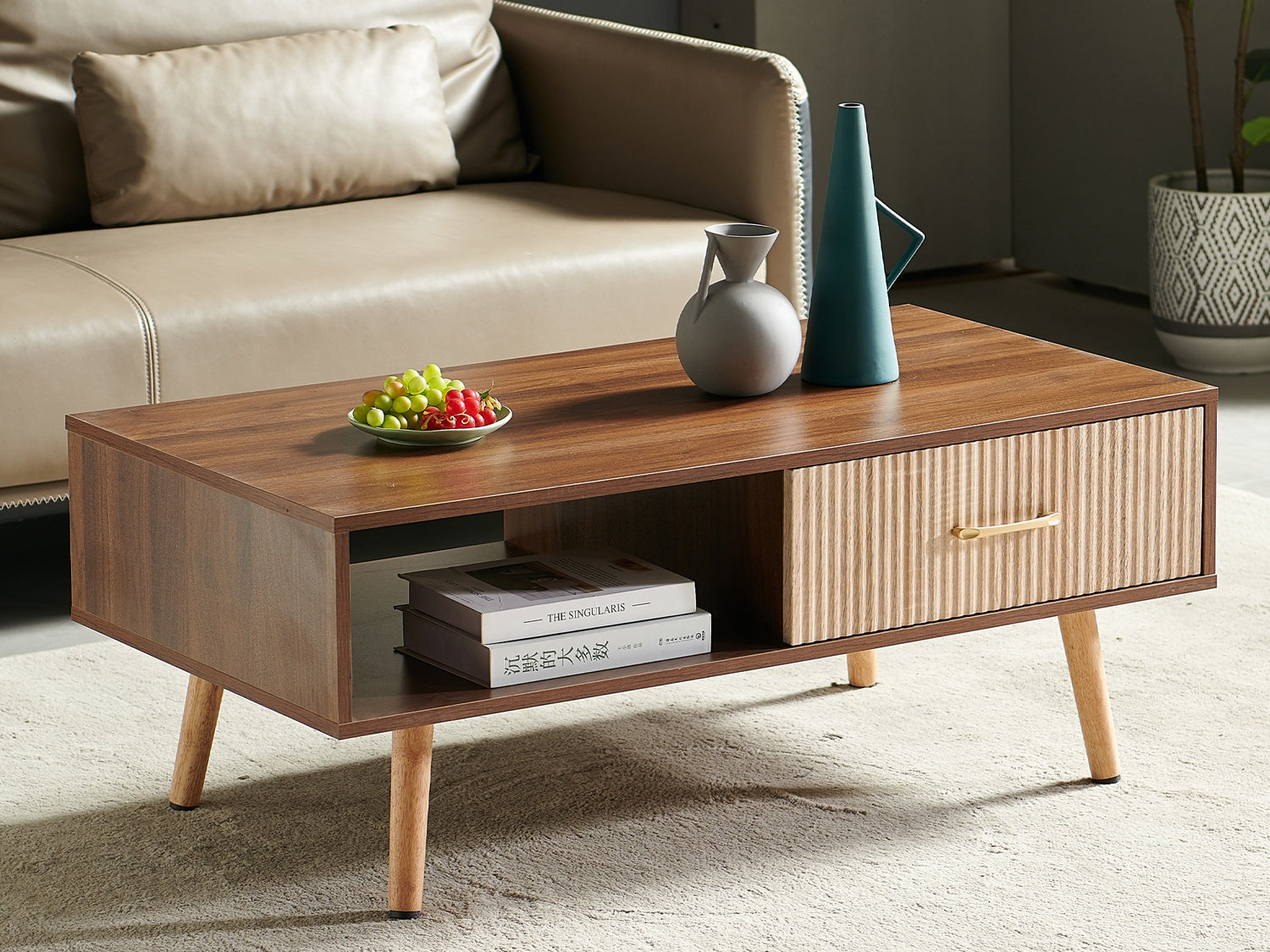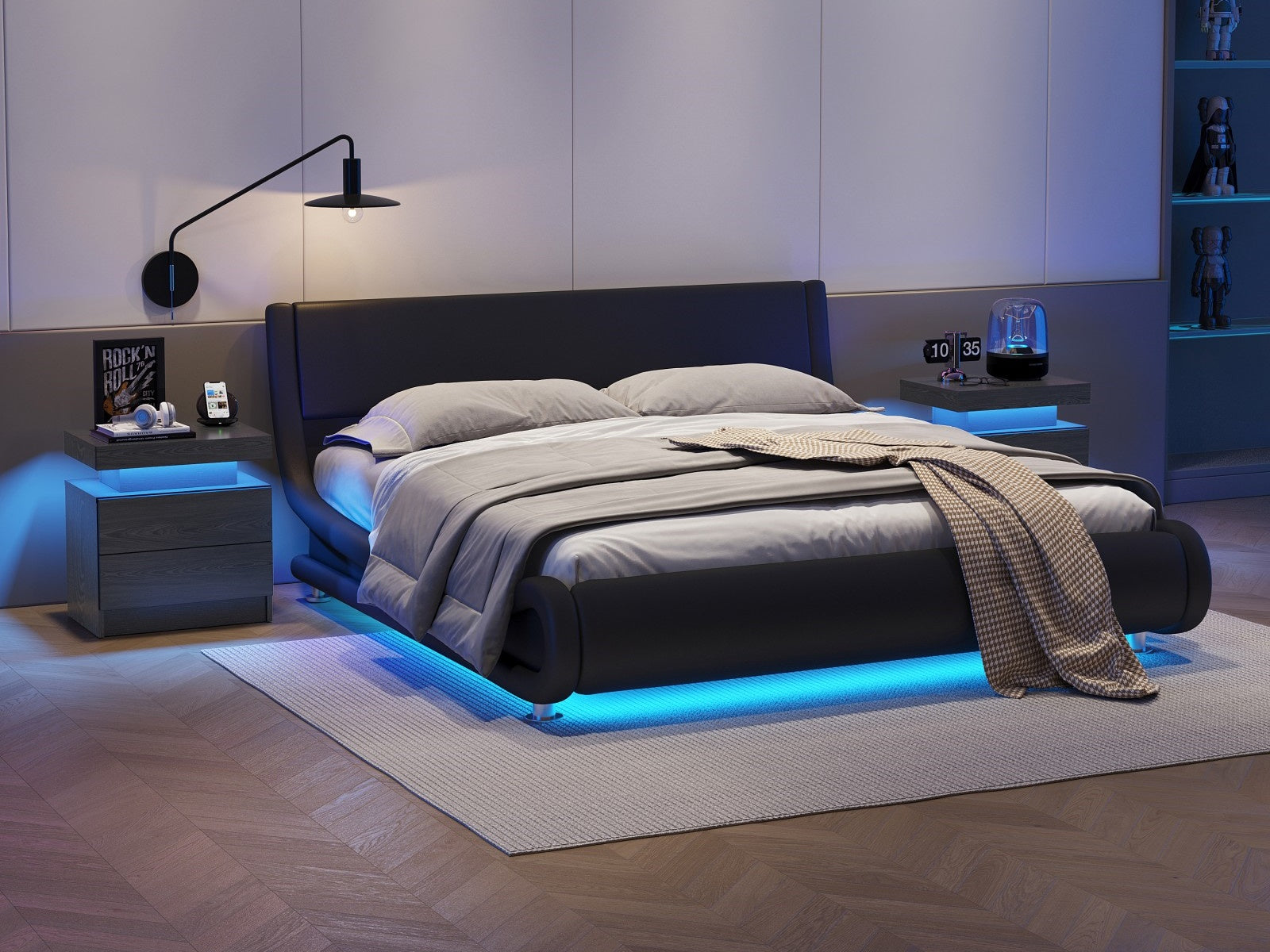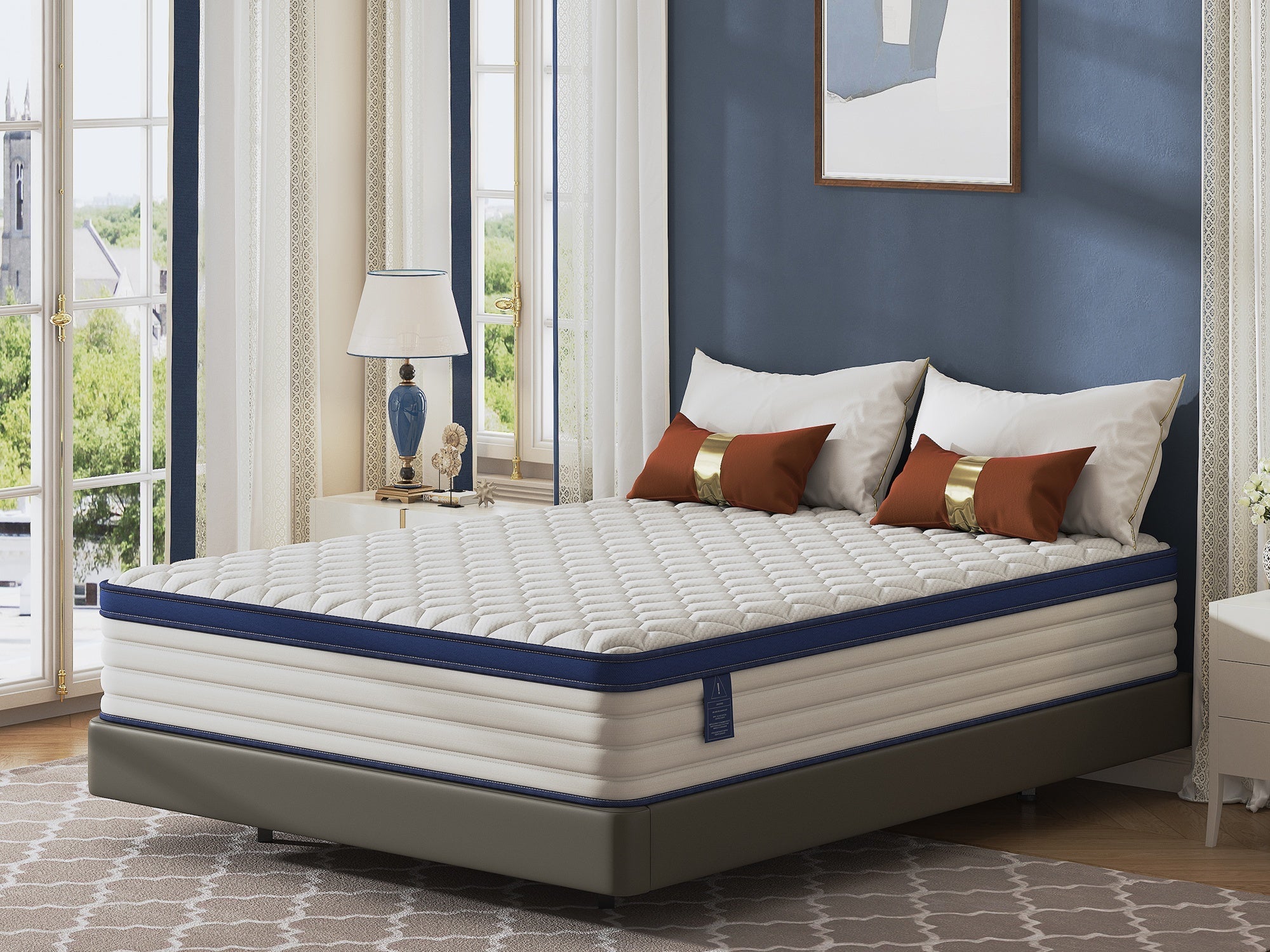
The Ultimate Guide to Choosing the Perfect Coffee Table for Your Living Space
Coffee tables serve as the functional and aesthetic centerpiece of any living room, anchoring seating arrangements while providing both style and utility. More than just a surface for coffee cups, the right coffee table can transform your space's entire look and feel. This comprehensive guide will walk you through everything you need to know to select the ideal coffee table for your home.
Why Coffee Tables Are Essential Living Room Elements
Coffee tables have remained living room staples for good reason:
1.Functional Surface Area: Provides space for drinks, books, remotes, and decor
2.Design Focal Point: Anchors the seating area visually
3.Storage Solutions: Many offer hidden or display storage
4.Style Statement: Reflects and enhances your decor theme
5.Conversation Facilitator: Creates intimate gathering spaces
According to interior design surveys, 87% of living rooms feature a coffee table as their central furniture piece, proving their enduring popularity in home decor.
Comprehensive Coffee Table Style Guide
Modern Minimalist: Sleek and Sophisticated
Contemporary coffee tables embody clean lines and refined aesthetics:
Key Characteristics:
Geometric shapes (circles, rectangles, ovals)
High-quality materials like tempered glass, polished metal, or lacquered wood
Often feature hairpin legs or cantilevered designs
Material Options:
Acrylic for ultra-modern transparency
Concrete for industrial minimalism
Marble for luxury appeal
Best For:
Mid-century modern interiors
Contemporary lofts
Scandinavian-inspired spaces
Small apartments needing visual lightness
Styling Tip: Pair with a sculptural centerpiece like an art book or single stem vase to emphasize the minimalist aesthetic.
Traditional Charm: Timeless Elegance
Classic coffee tables never go out of style:
Design Elements:
Rich wood finishes (mahogany, cherry, walnut)
Ornate detailing like carved legs or inlaid patterns
Rectangular or oval shapes
Functional Advantages:
Durable construction
Ample surface area
Easy to coordinate with existing furniture
Style Pairings:
Traditional living rooms
Transitional spaces
Eclectic interiors
Farmhouse decor
Maintenance Note: Use furniture polish specifically formulated for wood surfaces to maintain the rich finish.
Functional Coffee Table Solutions
Storage Solutions: Style Meets Organization
Coffee tables with built-in storage maximize small spaces:
Storage Types:
Lift-top mechanisms for hidden storage
Drawers for remote controls and small items
Open shelving for books and baskets
Ottoman-style with interior compartments
Space-Saving Designs:
Nesting tables that tuck away
Modular units with removable trays
Convertible heights for multiple uses
Best Materials:
Wood with soft-close drawers
Metal frames with woven baskets
Upholstered ottomans with storage
Organization Hack: Use decorative boxes or trays inside storage compartments to keep items sorted and easily accessible.
Glass Top Glamour: Light and Airy Elegance
Glass-topped tables create an illusion of space:
Design Benefits:
Makes small rooms appear larger
Reflects light to brighten dark spaces
Showcases beautiful flooring or rugs
Safety Features:
Tempered glass options
Beveled edges
Sturdy metal or wood bases
Style Combinations:
Pair with metal bases for modern
Combine with wood for transitional
Match with acrylic for ultra-contemporary
Cleaning Tip: Use vinegar and water solution with microfiber cloths to prevent streaks on glass surfaces.
Innovative Coffee Table Concepts
Versatile Ottomans: Comfort Meets Function
Multi-purpose ottoman coffee tables offer flexible solutions:
Dual-Function Features:
Soft surfaces for footrests
Sturdy tops for trays
Some convert to extra seating
Material Choices:
Leather for sophistication
Performance fabric for durability
Indoor/outdoor options
Practical Uses:
Game night surfaces
Kids' craft areas
Extra seating for parties
Styling Idea: Top with a large tray to create a stable surface for drinks while maintaining the soft ottoman appeal.
Industrial Chic: Urban Edge
Industrial coffee tables bring raw, authentic character:
Signature Elements:
Reclaimed wood tops
Metal pipe frames
Distressed finishes
Cast iron accents
Authentic Touches:
Factory cart designs
Repurposed machinery parts
Visible joinery and hardware
Room Pairings:
Loft apartments
Masculine dens
Eclectic living rooms
Urban farmhouse spaces
Design Tip: Balance industrial pieces with soft textiles and greenery to prevent an overly harsh look.
Coffee Table Buying Guide: Key Considerations
Before selecting your perfect coffee table, evaluate these essential factors:
1.Size and Proportion:
Allow 12-18" between seating and table edge
Height should be level with or slightly below seat cushions
Standard sizes:
Small (under 36" long)
Medium (36-48")
Large (over 48")
2.Shape Selection:
Rectangular: Traditional, maximizes surface area
Round: Softens angular rooms, safer for families
Square: Balanced proportions, modern
Organic: Free-form for eclectic spaces
3.Material Matters:
Wood: Warm, traditional, durable
Metal: Modern, industrial, sturdy
Glass: Light-enhancing, spacious feel
Stone: Luxurious, substantial, unique
4.Functional Needs:
Storage requirements
Multi-purpose uses
Durability concerns
Maintenance preferences
5.Style Cohesion:
Match existing furniture finishes
Complement room architecture
Align with overall design theme
Coffee Table Styling Techniques
Transform your coffee table into a design showcase:
The Rule of Three: Combine items in odd-numbered groupings
Layered Heights: Use stacked books under decorative objects
Natural Elements: Incorporate wood, stone, or greenery
Personal Touches: Display collections or travel souvenirs
Seasonal Rotation: Switch decor with holidays and seasons
Pro Stylist Tip: Leave at least 30% of the surface clear for practical use while maintaining visual interest.
Coffee Table Placement Guide
Optimal positioning enhances both function and flow:
Standard Placement:
14-18" from sofa front
Centered in seating area
Aligned with rug patterns
Alternative Arrangements:
Between two facing sofas
Angled in conversation areas
Asymmetric in eclectic spaces
Small Space Solutions:
Nesting tables that can expand
Slim console behind sofa
C-shaped tables that slide over seating
Frequently Asked Questions
Q: How much space should be between a coffee table and sofa?
A: Ideal clearance is 14-18 inches for comfortable leg room while maintaining easy reach.
Q: Can I use two coffee tables together?
A: Absolutely! Pair matching tables or mix complementary styles for larger seating areas.
Q: What's the best shape coffee table for a small living room?
A: Round or oval tables work well as they take up less visual space and prevent sharp corners in tight areas.
Q: How do I child-proof a coffee table?
A: Choose rounded edges, avoid glass tops, or use corner guards. Storage models help keep small objects contained.
Q: Can a coffee table be higher than the sofa?
A: Ideally, coffee tables should be 1-2 inches lower than the sofa seat height for comfortable use.
Final Thoughts
Your coffee table serves as both the practical workhorse and style anchor of your living space. Whether you prefer the clean lines of modern design, the warmth of traditional wood, or the innovative functionality of storage ottomans, the perfect coffee table awaits to complete your living room vision.
For an exceptional selection of coffee tables in every style, visit our online collection at [Pefelife.com]. Our design experts can help you find the ideal centerpiece for your space and lifestyle. Happy decorating!



Leave a comment
This site is protected by hCaptcha and the hCaptcha Privacy Policy and Terms of Service apply.